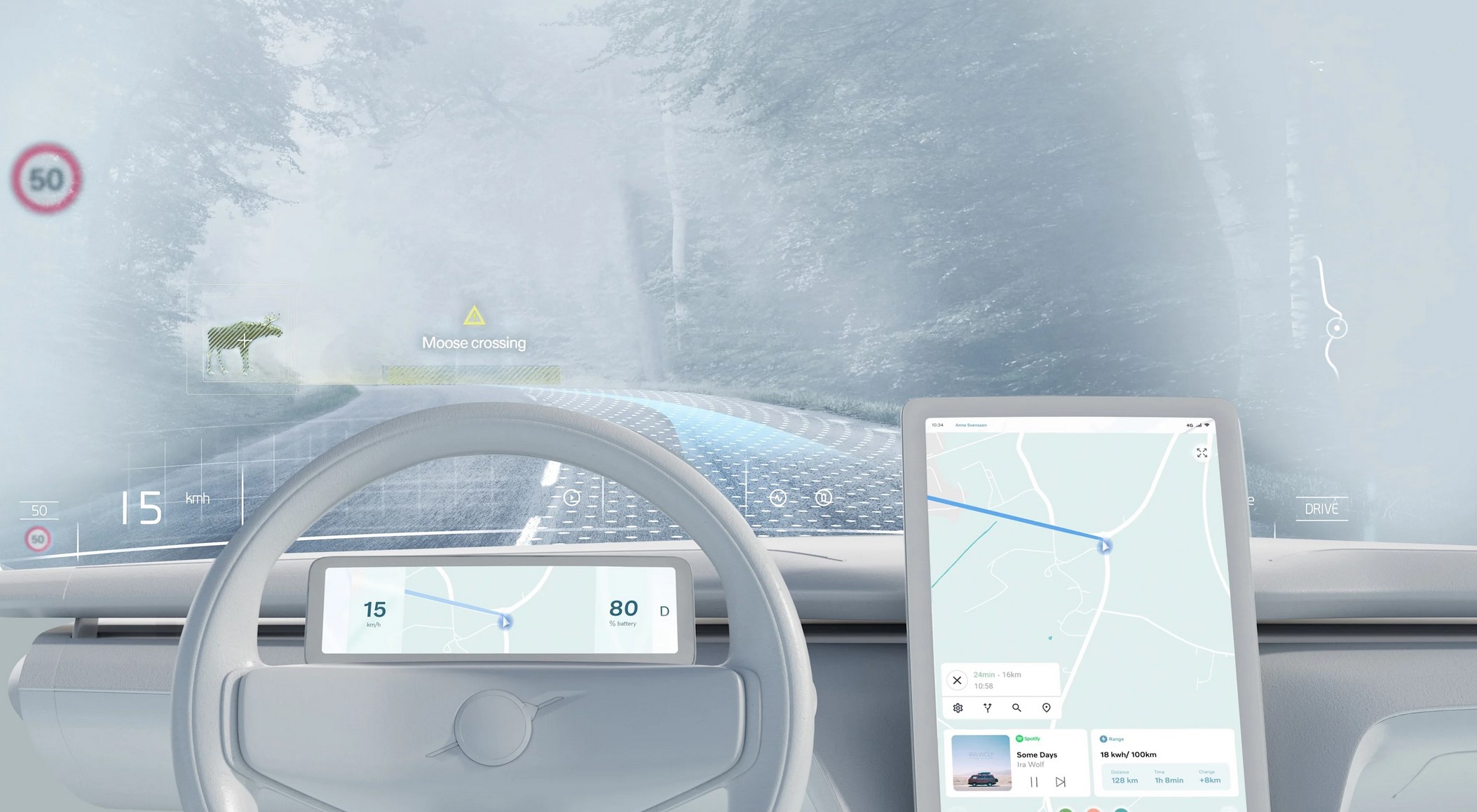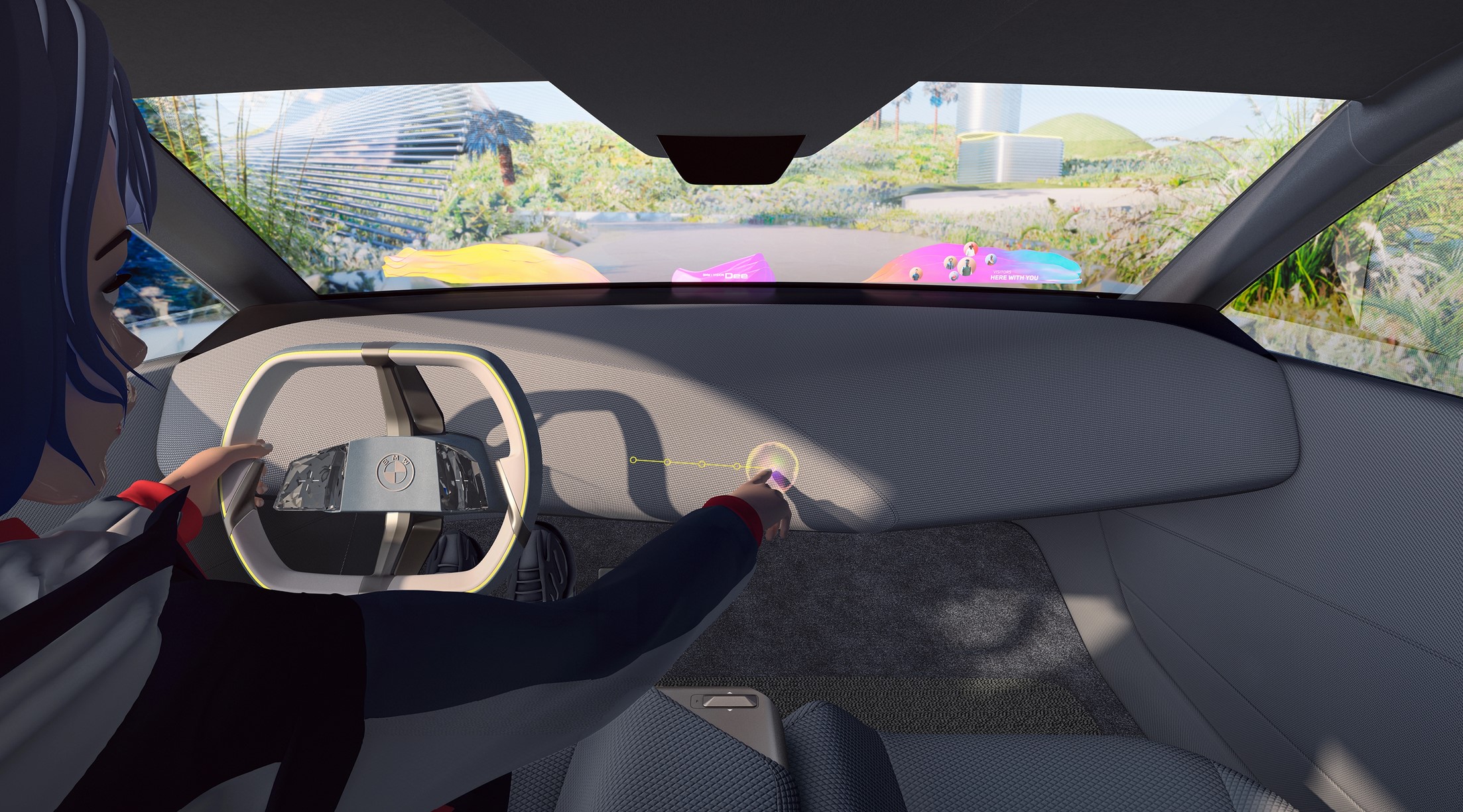Touchscreens reduce complexity, but could be integrated with head-up displays to keep eyes on the road.
No matter how hard it tries, the car industry struggles with finding a perfect or sometimes even a half-decent answer to the interaction between driver and car.
The move towards touchscreens to reduce the complexity of myriad buttons as cars grew more complicated proved to be something of an own goal. Arguably, touchscreens cause as much distraction in a car as they were designed to avoid, but could they be improved by using head-up displays (HUDs)?
Although plenty of premium cars have them, they’re still more of a gimmick, rather than a vital feature that arguably should be standard equipment, but what if some aspects of HUDs and touchscreens could overlap more? HUDs in cars have been around for three decades but few have progressed beyond the absolute basics of projecting speed and simple navigation.
One or two have adopted a level of augmented reality display with flying-arrow sat-nav turn signals, but new technologies could soon go much further than that.
Volvo and BMW have announced plans for whole-screen augmented reality windscreens, while giant automotive technology supplier Continental has shown full-width HUD technology in the form of a band across the base of the windscreen.
Volvo Cars’ venture capital investment arm, Volvo Cars Tech Fund, has bought a stake in Israeli company Spectralics. The tech firm has developed a “multi-layered thin combiner”, which integrated into windscreen or window glass can overlay images onto the glass. The tech makes a whole-screen HUD possible without a projector.
BMW says it will launch some sort of whole-screen or full-width HUD in 2025 and has shown examples in the i Vision Dee concept car at CES 2023.
So could touchscreens (and other controls) be transposed onto or integrated with a full-screen HUD? For example, using gesture-control-related tech like Intel’s Realsense hand-tracking camera-based system, the driver’s hand detected in front of the touchscreen could trigger the ghosted display of the touchscreen in the driver’s line of vision via the HUD.
The same tech, or capacitive discharge touchscreen technology, might then be able to display the position of the driver ’s finger tip relative to the touchscreen as a crosshair or cursor. That way, drivers could target and use touchscreen buttons without moving their eyes from the road and passengers could still use it too. Areas of the steering wheel could also be used as laptop-style trackpads, with underlying clickable hotspots replacing the buttons that normally reside there, such as radio volume and cruise controls. Touch the trackpads and ghost buttons appear in the line of sight, avoiding those risky downward glances.
Although so many current interface technologies haven’t gelled with or made the transition from digital devices like phones or pads to cars in the way it was hoped, maybe getting them to work in sync could make a difference.





